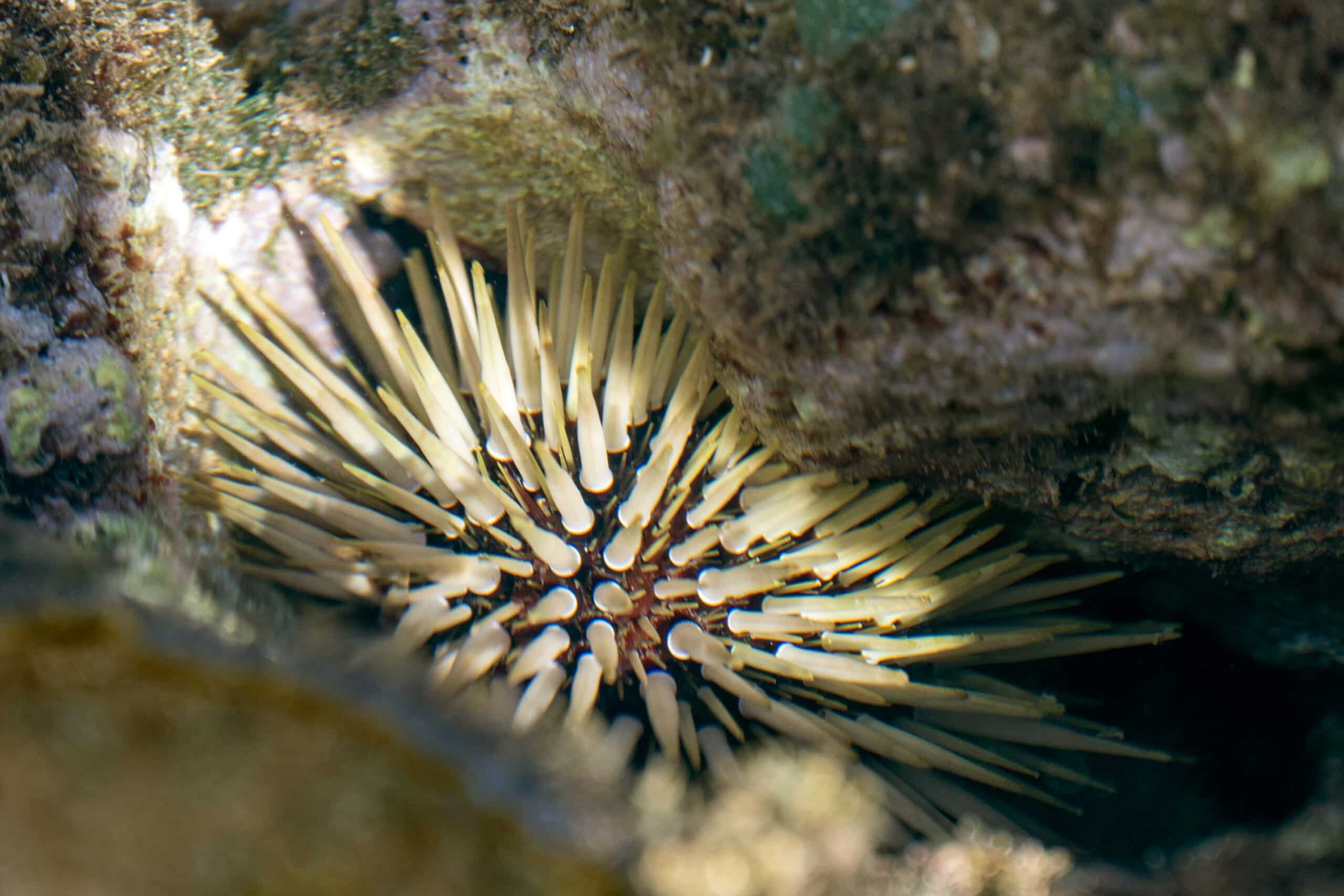Podcast: Invasive Species


North Carolina is being invaded: by beetles, moths, and even trees that can have detrimental effects on our native species and environment at large. Kelly Oten, assistant professor and extension specialist in forestry and environmental resources, tells us about some invasive species and what they may be doing to our state.
Invasive species are defined as those that cause harm to the environment, human health, or items we value like food or trees. There are an estimated 4,000 invasive species in the U.S.
“In North Carolina, I work on invasive forest pests and we’re actively monitoring or managing five: the hemlock woolly adelgid, the emerald ash borer, laurel wilt, thousand cankers disease, and spongy moth,” Oten says. “And we have two more that are on our doorstep that we hope don’t invade North Carolina – the Asian longhorned beetle and the spotted lanternfly – but it’s not looking good.”
Eradicating these species once they gain a toehold isn’t always easy, but it is possible. In the case of the Asian longhorned beetle, destroying the portions of forests where they were found worked; in other cases, importing natural predators can be a solution. Sometimes, native species can adapt.
“With the emerald ash borer, one of the things that we’re looking at is are there trees that naturally have more resistance,” Oten says. “These have been dubbed lingering ash. We’re just getting to the point in North Carolina where the invasion has been here long enough that we can see what trees are surviving. A colleague, years ago, phrased it this way, ‘How do you find a needle in a haystack? Well, you burn the haystack down.’ Emerald ash borer is doing a really good job burning down the haystack, and we are looking for those ash trees that are surviving in the wake.”
But not all invasive species are insects, Oten says. The Bradford pear is a popular tree that has produced unfortunate side effects, like food deserts for birds and native insects.
“When the Bradford pear, which cannot self-pollinate, crosses with other varieties of Callery pear, then the seed is viable,” Oten says. “So birds will eat the fruit, they’ll defecate somewhere in the woods, and then you have a baby Callery pear growing and that’s when it becomes invasive. And the reason it’s invasive is because it’s growing up in these areas where our native plants should be growing.
“Because it’s an early bloomer, it puts on leaves earlier, and so it shades out our native trees, our native plants. And if our native trees and plants aren’t there, then the native insects that feed on them aren’t there, and that’s the basis of our food web. So you have these areas where Bradford pear or the wild Callery pear is taking over and birds hardly have anything to eat. There’s no caterpillars for them to bring their young, the forest floor diversity is completely collapsing. It’s really become an ecological disaster and it’s becoming more and more apparent.”
But the worst, according to Oten? The spotted lanternfly – which isn’t here yet, but has been seen in Virginia.
“The worst is spotted lanternfly,” Oten says. “Because I am a wine drinker [the spotted lanternfly attacks grapes], I’m not a fan of it going after my weekend delight, but also, it will be pretty nasty. I’ve heard stories of it flying up people’s shirts. They get in these large groups and cluster on people’s homes, people’s trees.
“With [insects like the] emerald ash borer, most of the people who know about it are more aware or maybe they have ash on their property. With spotted lanternfly, everyone is going to know about it and everyone is going to hate it. They make huge messes because of the amounts of honeydew that they emit, that sugary sweet substance. And then on that honeydew, sooty mold can grow, so the negative impacts keep on coming.”


